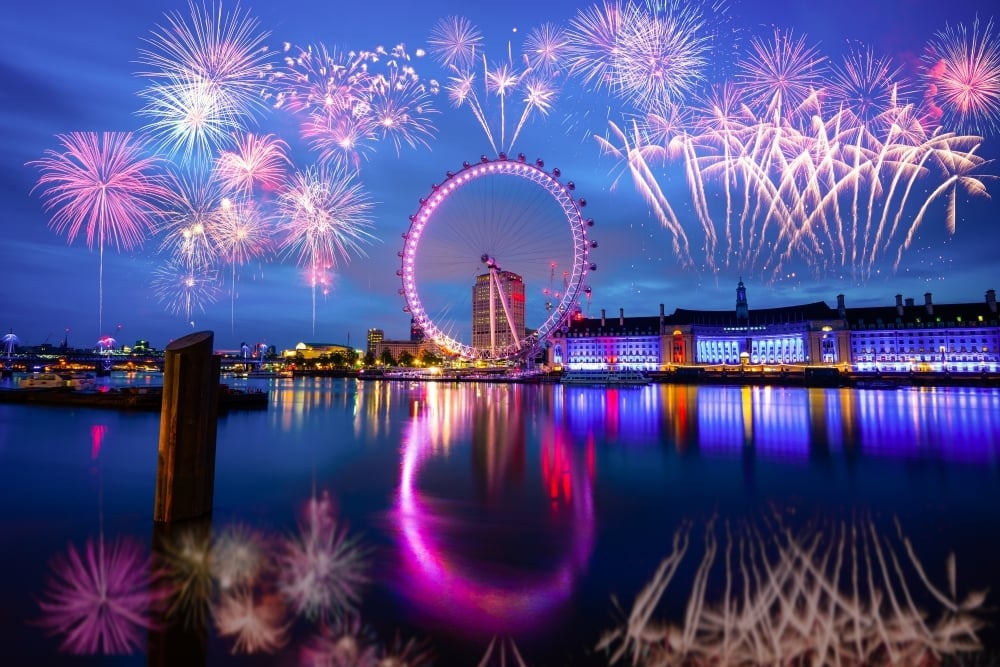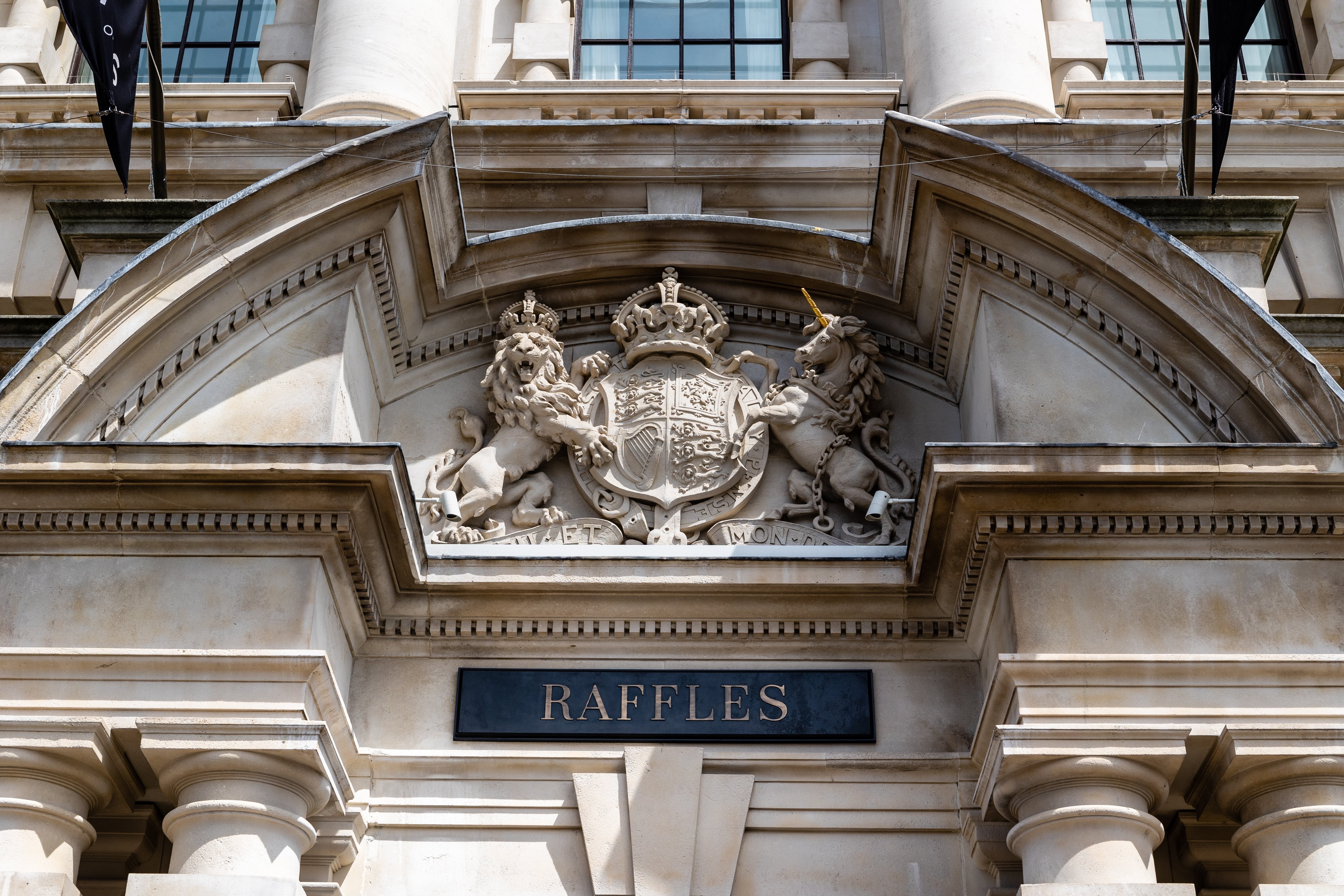How Wimbledon Became The Global Capital of Lawn Tennis
onjuring images of champagne flutes and strawberries topped with cream, the SW19 postcode is known primarily for one thing. Wimbledon is the jewel in the crown of the four major tennis championships. The prestigious event attracts famous guests from celebrities and socialites to royalty.
The tournament has come to characterise the British summer. It is the oldest major tennis championship and, while others may be played on clay or hard courts, it is the only one played on grass. With more than 150 years of heritage, an intriguing history paved the way for Wimbledon to become the global capital of lawn tennis.
The 12-pence Wimbledon Final
The Wimbledon tennis tournament is hosted by a private members’ club. However, in Victorian England, lawn tennis found itself stuck between croquet and cricket. With roots in Birmingham, the game of tennis was still being developed in the mid-19th century.
In 1868, the All England Croquet Club was formed. The club, which was located in Wimbledon, was renamed in spring 1877 to “The All England Croquet and Lawn Tennis Club”. As such, the home of tennis was born. Old code set by the Marylebone Cricket Club was replaced with new rules, and in the summer of the same year, the first-ever tournament was held. It was played over five days and, in true British style, the final was four days late due to rain. Around 200 spectators paid one shilling (12 pence) to watch the inaugural men’s singles final in which Spencer Gore was victorious over William Marshall.
An Equilibrium of Innovation and Tradition
Wimbledon will always be a pioneer of tennis. However, the tournament’s organisers were mindful that it should be the best championship as well as the first. By 1884, ladies’ tournaments were introduced. In the same year, the men’s doubles tournament was transferred from the Oxford University Lawn Tennis Club. By this time, the club was focused entirely on lawn tennis.
Initially, the reigning champion would only play in the final to defend their title. This rule was changed in 1922. Fred Perry, after whom the eponymous tennis brand is named, won Wimbledon in 1936. It was first televised the following year.
Having been halted during World War I, Wimbledon was also put on hiatus during World War II. In 1940, one corner of Centre Court was struck by a bomb. In 1946, the organisers pressed ahead with a defiant return to lawn tennis. However, the damage remained, with 1,200 seats missing, until it was remedied in 1947. Centre Court was fully repaired and renovated for the 1949 edition.
Often seen as a golden era for the sport, British player Virginia Wade won the ladies’ tournament in 1977. International interest continued to grow over the next two decades and in the 1990s, a long-term plan was unveiled to expand and improve the club.
A Tennis Hotspot in South West London
Put into action in 1994, a plan to futureproof Wimbledon involved repositioning and expanding the famous Centre Court – around which the other courts are arranged – as well as creating No 1 Court, a new broadcast centre, two new grass courts and infrastructural improvements. The new Millennium Building replaced the old one, with extensive facilities for members, players, press and officials.
Around this time, renowned player Tim Henman helped to further popularise the sport and provided hope that a British player would win the modern tournament. In the late 1990s and early 2000s, Wimbledon was characterised by calls of “Come on, Tim!” both inside Centre Court and on “Henman Hill”. However, while Tim Henman was ranked world number four in men’s singles by the Association of Tennis Professionals (ATP), he never clinched a major title.
Titles, Tradition and Tennis Whites
With trailblazing players having laid the foundations, Pete Sampras, Novak Djokovic and Roger Federer became some of the most successful players in the history of the Wimbledon Championships. In the women’s game, names such as Billie Jean King and Martina Navratilova gave way to new superstars like Serena Williams.
More recently, Andy Murray provided renewed hope that a British player could win a major on home turf. Having made his Wimbledon debut in 2005, he finally won the tournament in 2013 by defeating Novak Djokovic in straight sets. With Henman Hill aptly renamed “Murray Mound”, he then won the tournament again in 2016.
Following a landmark French Open final which lasted five and a half hours, tensions are now rising between Jannik Sinner and the victorious Carlos Alcaraz ahead of this year’s iteration. However, they are just two players to keep an eye on at Wimbledon 2025.
The Wimbledon Championships and, by extension, the wider game have retained a strong sense of pedigree by leaning into their provenance. At the epicentre of tennis’ storied history, SW19 embodies the spirit of the sport both by pushing boundaries and continuing timeworn traditions.



